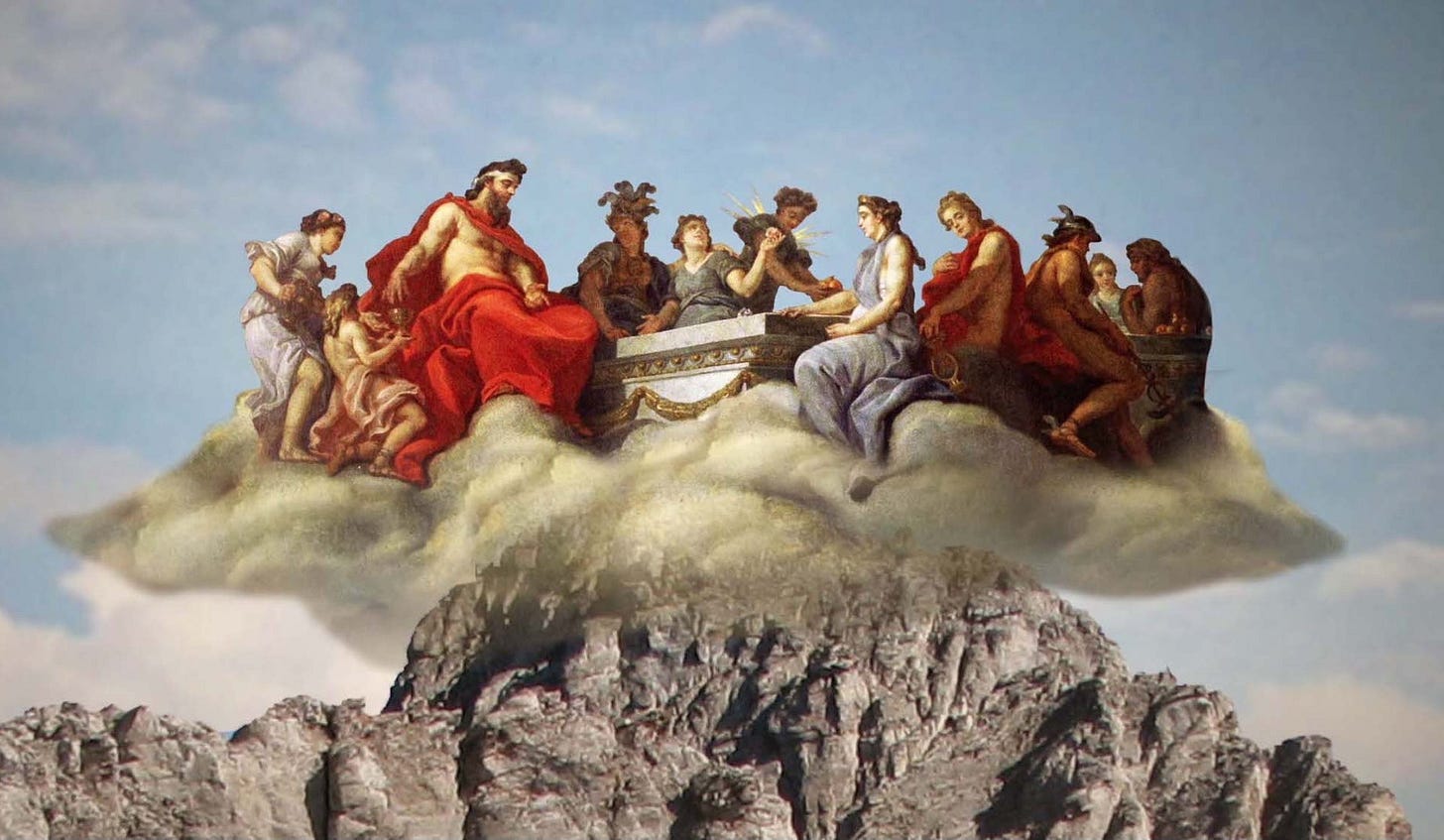“Goethe […] carefully concealed the emptiness of his being beneath [an] Olympian air.”
— Calasso, The Ruin of Kasch
This resembles many scholarly critiques of the Romans. Supposedly, they “lacked an inner life.”
In all moderns and postmoderns there is a predisposition toward romanticism. Beauty becomes associated with emotionalism, sentimentality, effusion, lack of clarity, fuzzy aesthetics in art, whimsy, the cult of love, the cult of romance, fragility, psychic disturbance, and the notion of many indefinable selves. Every scholar making this critique reads weakling literature and finds it “beautiful.”
If the Romans (and Goethe) lacked an “inner life,” this was virtue; and to call it Olympian is apt, because it was an orientation that sought Height, not depth . . . a summit and cold air.
What is beautiful? A broken teacup whose contents have spilled out in a vaguely pleasing pattern? A pining love? The lamenting weakling that’s been dashed to pieces, subjecting us to his inner states?
Or Nature? Sheer Nature—expanse of forest and lightning . . . Or Order, imposing columns; the sculpture that’s still and yet breathes?


